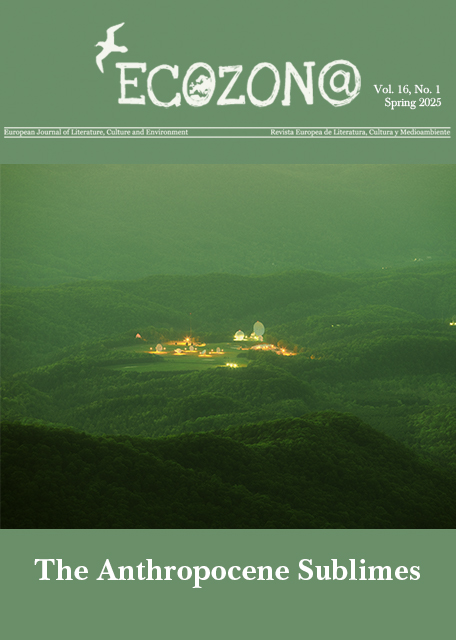CFP Otoño 2026 "Culturas Eco-Crip: Discapacidad y Medio Ambiente"
2025-05-02
"Culturas Eco-Crip: Discapacidad y Medio Ambiente"
Coeditoras invitadas: Shanna Lino (Universidad York, Canadá)
Maryanne L. Leone (Universidad Assumption, USA)
Leer más acerca de CFP Otoño 2026 "Culturas Eco-Crip: Discapacidad y Medio Ambiente"








